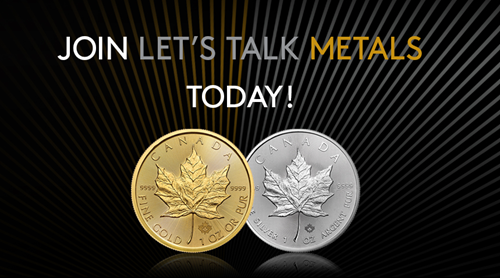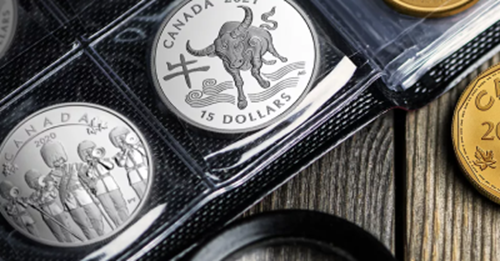
Glossary of Terms
Like any specialized hobby or discipline, the world of coin collecting has its own language. The body of your coin has some specific terms that you will often see on coin dealer websites.
Here are some of the most popular terms that you should familiarize yourself with:
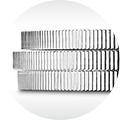
Edge
The outer border of a coin, is considered the “third side.” It may be plain or serrated.
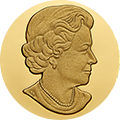
Effigy
The image or likeness of a person, usually on the obverse of your coin.
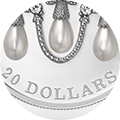
Face value
The nominal value of your coin (not what you paid for it).
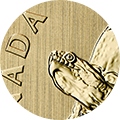
Field
The flat part of the coin (the background) on which the relief is struck.
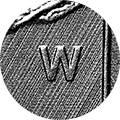
Mint mark
Where your coin was minted (may be different than the issuing country).
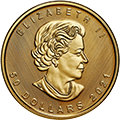
Obverse
The ‘heads’ or face/front side of a coin, which normally depicts the national emblem or the head of a prominent person.
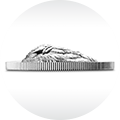
Relief
The raised or three-dimensional image found on your coin’s field.
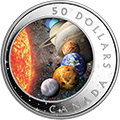
Reverse
The ‘tails’ side of a coin, usually depicting the chosen design.
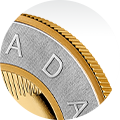
Rim
The raised portion that runs around the perimeter of your coin.
Here are some other key terms you will encounter as you continue to build your coin collection:
B
Brilliant uncirculated coins
This basic finish is used on most of Canada’s standard circulation coins. With a brilliant uncirculated finish, both the engraved design (relief) and the background (field) are shiny.
Bullion
Bars, ingots, plates, wafers, or coins made from precious metals, usually gold or silver.
C
Circulation coins
Coins that have been used in commerce and circulated among the general population.
Commemorative coins
Coins that are minted to commemorate a particular event, person, place, institution or issue. These are usually collector coins, and are not circulated. (Also known as numismatic or collectible coins.)
Coin set
A coin set is a collection of uncirculated or proof coins, released by a mint.
Composition
What the coin is made from. Four of the most coveted compositions include:
- 99999 (or 99.999%): pure gold
- 9999 (or 99.99%): pure gold or silver
- 99.95% pure platinum
E
Edge
This is the rim of your coin. It can contain a series of reeds, lettering, or other decoration. It can also be plain.
Effigy
The image or likeness of a person, usually on the obverse of your coin.
Encapsulated coins
These are coins that have been authenticated, graded, and preserved in a plastic case. You can remove the coin from its plastic capsule, but this is not recommended.
Engraving
An artist's design adapted and transferred to a medium, ensuring the best relief for minting.
F
Finish
The appearance or surface texture of your coin's relief. Popular finishes include:
- Proof: A frosted relief over a brilliant field.
- Reverse proof: Brilliant, reflective or mirror-like details on a frosted or slightly matte field.
- Specimen: A brilliant image relief against a matte or lined background.
G
Grade
This is the condition of the coin. A coin’s grade indicates how much wear has occurred and if it shows any physical damages (scratches, dents, corrosion, etc) or changes in colour or tone. Those in mint condition will have a higher value than those with even the slightest flaw.
I
Intrinsic value
The actual value of your coin, based on key factors including what you paid for it, plus the historic value, aesthetic features, mint year, scarcity/rarity (mintage), and collectability.
M
Matte proof
This finish is unique to the Royal Canadian Mint. It’s similar to a standard proof, only with a satin finish on the background instead of a high-shine polish. It gives coins a slightly more aged appearance while still allowing for various textures on the relief portion.
Mint
An industrial facility that manufactures coins (e.g., Royal Canadian Mint).
Minting
The process of manufacturing coins.
Mintage
Simply put, your coin’s mintage is the maximum number of coins that can be produced. Mintages can range from as low as 10 to 65,000 or more—and once those coins have been sold, the mint will not produce any more. The lower the mintage, the more rare it is.
N
Numismatics
The study or collection of coins or paper money.
Numismatist
A student or collector of coins or paper money.
P
Proof coins
Coins that are minted using a high-quality finish. For proof-finished coins, the field (flat background) has a highly hand polished mirror-like finish and the relief (raised foreground) incorporates the use of different finishes which beautifully accentuate the design.
R
Reverse proof
This finish is much like the regular proof finish except (as the name suggests) reversed: the background is matte while the engraved relief shines with a glass-like polish. It’s like “portrait mode” for a coin because the background recedes to keep the focus on the subject.
S
Specimen coin
These coins are higher quality than uncirculated coins – the finish combines brilliant and frosted relief (raised foreground) over a lined field (background). We are the only mint in the world that offers this finish.
U
Uncirculated coins
Either a circulation coin that has never been circulated, or a coin with a brilliant field over a brilliant relief.
